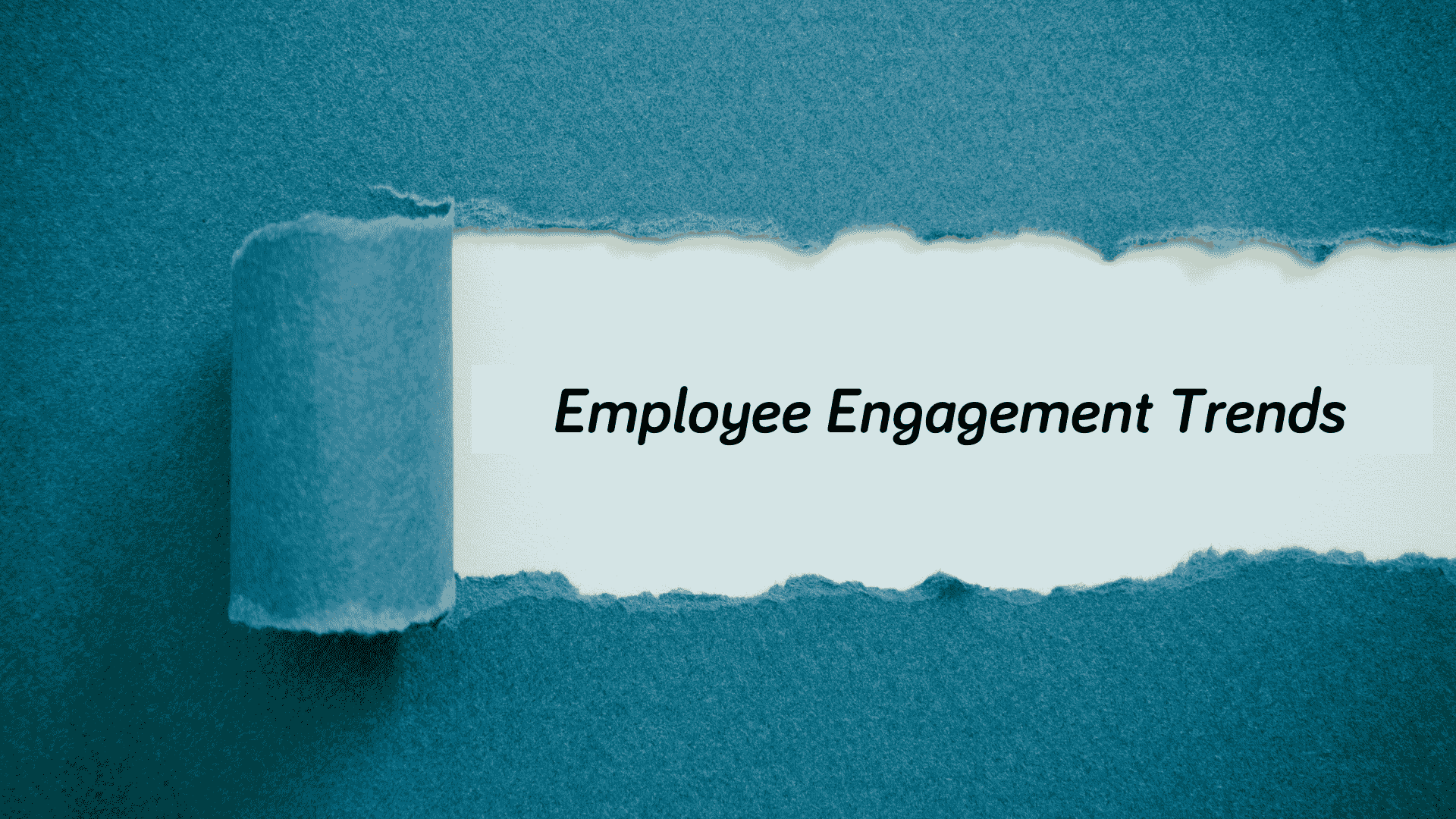Tips for Avoiding Burnout While Working Remotely
June 18, 2020Categorised in: News
More levels of employee burnout have been reported during lockdown than ever before, with LinkedIn’s Glint research revealing that burnout doubled from March (2.7%) to April (5.4%). But what exactly is it and what can you do to prevent yourself and your employees experiencing it?
In short, burnout happens when employees have exhausted their physical or emotional strength. This usually happens after prolonged stress or frustration, with the cause sometimes being the work environment. Not only can stressful jobs, lack of support and pressure on deadlines contribute, but things like employees’ expectations of themselves and personal circumstances can also cause burnout.
During the current pandemic, stress levels have risen amongst employees due to adapting to working from home, presenteeism and a lack of regular communication from their employers. Glint’s research also found that those employees struggling with their work:life balance were 4.4 times more likely to display signs of burnout.
Individuals who experience burnout are more likely to develop mental health conditions such as chronic stress and depression, so it is important to be aware of the signs and symptoms amongst your workforce to make sure the correct support can be offered. There are a number of things you can do to reduce the risk of burnout in the workplace.
Regular check-ins are crucial
Managers and HR teams should check in regularly with employees and openly communicate to ensure everyone is coping with their workload and wellbeing while remote working. Make sure information, support and resources are in an easily accessible place such as a staff app or portal, so that all employees who might be struggling know exactly where to find information and support available to them.
Hosting digital team meetings is also another good step to try and prevent burnout, as it allows employees to discuss their workload with their colleagues and responsibilities can be adjusted based on individual capacities, and in turn, will help relieve stress from individuals not coping to manage their tasks.
Make the conversation around mental and physical wellbeing normal and easy. In our recent study, People at the Heart, 33% of workers felt uncomfortable about discussing their mental wellbeing with their employer. At a time where many are facing more stressors, it is important to let your employees know they can openly communicate with you about their struggles and be ready with support advice the company can offer.
Encourage annual leave
Current lockdown restrictions have ruined annual leave plans for millions of workers across the UK. While some employers have been offering to carry unused annual leave over to the next holiday year, you should actively encourage employees to take annual leave regardless.
While employees are struggling with work:life balance and presenteeism during the lockdown, taking annual leave can help them to recuperate and prevent burnout. It is vital for maintaining good mental wellbeing to switch off, even if employees are unable to go anywhere to enjoy their annual leave.
Be empathetic and understanding
The Coronavirus COVID-19 pandemic has caused a drastic rise in anxiety, whether it be surrounding health, job security or financial troubles. The best thing to do is to be empathetic to everyone’s situations. Take some time to check in with your workforce at the beginning of meetings instead of diving straight in with assigning tasks. Making time for general chit chat can really help boost the mental wellbeing of employees, especially for those who live alone, and work was their main form of socialisation before lockdown.
Consider allowing flexible working where possible, especially for employees who are parents looking after young children while schools are closed. This means that if employees are struggling to cope, they can choose their shift pattern for the day and customise it around other needs of themselves and their household.
Checking up on the health and wellbeing of your workforce will not only help to prevent issues like burnout, but it can also encourage higher levels of engagement and productivity. In order to maintain a strong, healthy and happy workforce, the above steps are crucial at such a difficult time.




